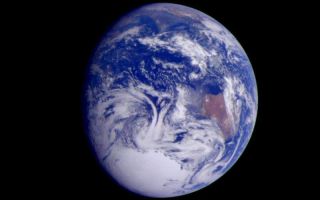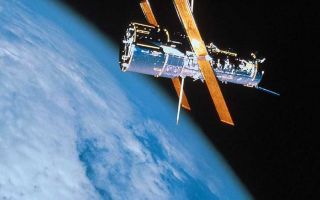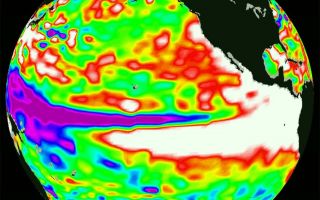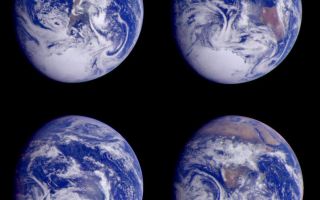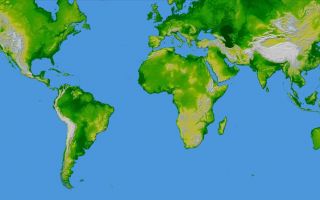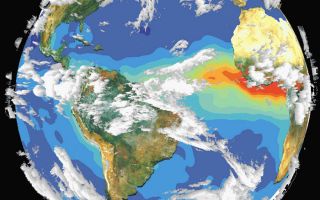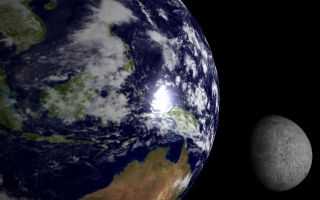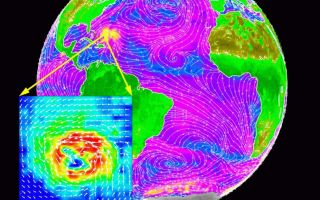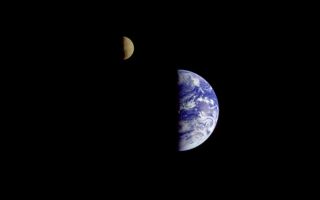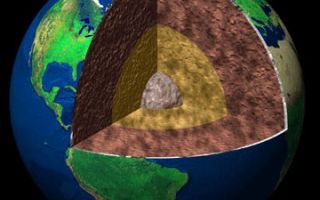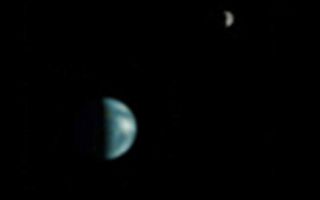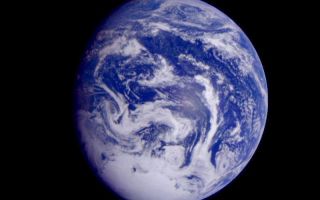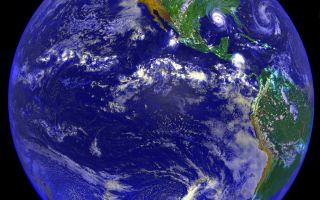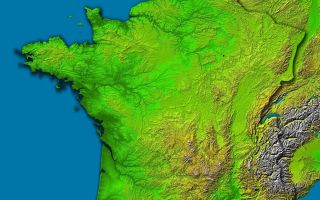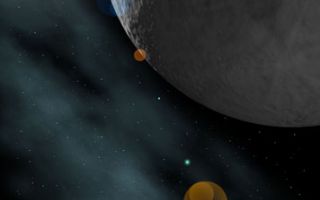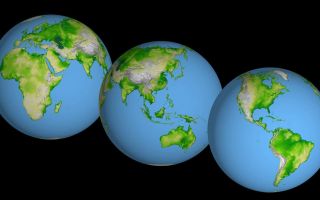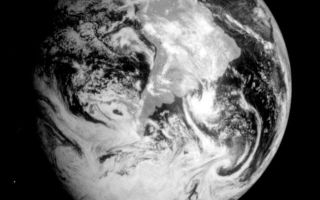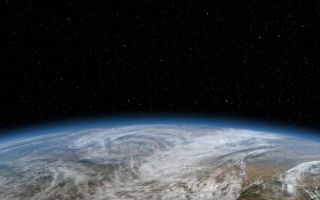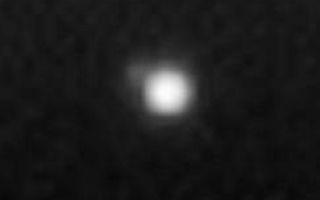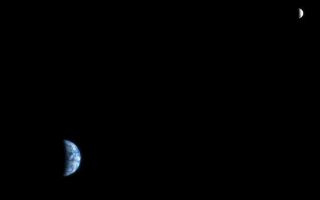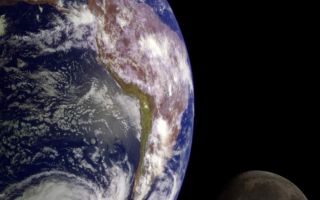Sauter la navigation
- Système Solaire
- Le Système Solaire
- Le Soleil, notre étoile
- Planète Mercure
- Planète Vénus
- Planète Terre
- Photos de la planète Terre
- Vidéos de la planète Terre
- Planète Mars
- Planète Naine Cérès
- Planète Jupiter
- Planète Saturne
- Photos de la planète Saturne
- Vidéos de la planète Saturne
- Les anneaux de Saturne
- Les satellites de Saturne
- Planète Uranus
- Planète Neptune
- Planète naine Pluton
- Planète naine Eris
- Planète naine Makemake
- Planète naine Haumea
- Exoplanètes
- Photos d'astronomie
- Photos du Soleil, notre étoile
- Photos de la planète Mercure
- Photos de la planète Vénus
- Photos de la planète Terre
- Photos de la planète naine Cérès
- Photos de la planète Mars
- Photos de la planète Jupiter
- Photos de la planète Saturne
- Photos des anneaux de Saturne
- Photos des satellites de Saturne
- Photos des satellites mineurs de Saturne
- Photos de Mimas, satellite de Saturne
- Photos de Encelade, satellite de Saturne
- Photos de Téthys, satellite de Saturne
- Photos de Dioné, satellite de Saturne
- Photos de Rhéa, satellite de Saturne
- Photos de Japet, satellite de Saturne
- Photos de Titan, satellite de Saturne
- Photos de la planète Uranus
- Photos de la planète Neptune
- Photos de la planète Pluton
- Photos de la comète Hartley 2
- Vidéos d'astronomie
- Vidéos astro : le Système Solaire
- Vidéos : le Système Solaire
- Vidéos : le Soleil, notre étoile
- Vidéos de la planète Mercure
- Vidéos de la planète Vénus
- Vidéos de la planète Terre
- Vidéos de la planète Mars
- Vidéos de la planète Jupiter
- Vidéos de la planète Saturne
- Vidéos de la planète Uranus
- Vidéos de la planète Neptune
- Vidéos de la planète Pluton
- Vidéos sur les comètes
- Vidéos astro : l'Univers
- Vidéos astro : Astrophysique
- Vidéos d'astronomie sur Dailymotion
- Vidéos d'astronomie sur Youtube
- Vidéos d'astronomie de l'INA
- Extraits de films
- Rotations de planètes
- E=M6
- Superscience
- La conquête spatiale
- Vidéos astro : le Système Solaire
- Outils
- Dossiers
- New !
- Forum d'astronomie
En direct du forum
-
Besoin d’aide pour choix de matériel astrophoto

-
Les limites de mon télescope

-
Lumière des étoiles

-
L'Énergie facilité, ou pas?

-
Evolution des trous noirs

-
Rotation autour d'une source

-
Téléscope débutant très motivé

-
Téléscope débutant très motivé

-
Raquette MEADE Autostar 497

-
Mallette de transport Meade ETX 105 / 90

-
9-Traité sur la Nouvelle Physique rédigé par ChatGPT (ébauche).

-
La vitesse de la lumière.

-
Les probabilités d'une autre vie dans l'univers.

-
Meilleurs Telescopes Intelligents sur le marche

-
Question pratique et sécuritaire !

-
Matière noire et champs de l'univers observable

-
Repenser l'Ether est il envisageable

-
Matière noire et univers observable

-
A vendre Télescope PERL Maksutov Arietis 102/1300 EQ2

-
Système de communication quantique basé sur la détection corrélée de décohérence induite ?

-
Face cachée de la Lune

-
Titan et le mont Lamonsou

-
HELP - problème de matos débutant

-
Vends Telescope Meade ETX125PE

-
Les trou noir comme mécanisme de régulateur de l'espace temps

-
Théorie de la Gravité Quantique Möbienne

-
VENTE LUNETTE TEC 140 ET ACCESSOIRES

-
Lunette skywatcher 120/1000 eq3 synscan goto 400€ a saisir

-
8-La physique dans l'espace de Clifford expliquée par Gémini et ChatGPT

-
Vente télescope Celestron Utima 8

-
Tache blanche

-
Les Pyramides de Gizeh et Porte des étoiles

-
Paradoxe de l'évaporation et trou de vers

-
Possibilités des voyages interstellaires ou mondes clos

-
Montage et mise en station

-
Univers enchevétrés et masse manquante de l'Univers mesurable

-
L'équation E=mc² dépendant de la vitesse

-
Le magnétisme sous l'oeil de la relativité restreinte

-
Quel télescope pour un enfant ?

-
Télescope N 250/1200 PDS Explorer avec monture EQ6-R Pro SynScan GoTo

-
Avis achat de télescope

-
Contraction relativiste des longueurs

-
Étoiles qui changent brutalement de luminosité et couleur

-
Bon réfracteur pour de l’observation visuelle

-
Balise [url]
![Voir le sujet « Balise [url] » Voir le sujet du forum d'astronomie : « Balise [url] »](tl_files/structure/charte/arrow_blue_small.gif)
-
Vieux Celestron C11 ou Dobson 254 récent

-
Conseils setup complet astrophoto

-
Conseil d'achat

-
Premières photos help !

-
Lumière étrange dans le ciel en Charente-Maritime

 Contacter Planète Astronomie
Contacter Planète Astronomie Plan du site Planète Astronomie
Plan du site Planète Astronomie Participer à Planète Astronomie
Participer à Planète Astronomie A propos de Planète Astronomie
A propos de Planète Astronomie






